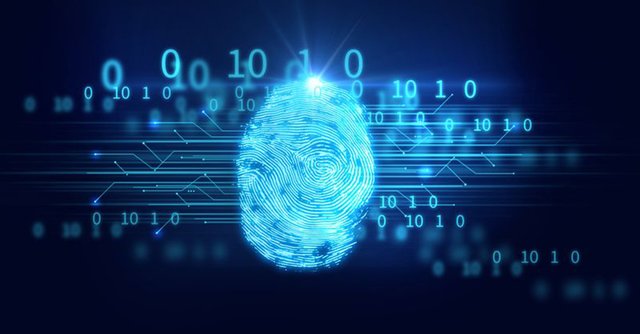The most common blockchain myths
Hey Steemit Community,
All these weekend I tried to find out what are the most common blockchain myths and I understand that there are too many of them. So I wanted to describe the most popular.
Let's try to separate the grains from the chaff and dispel the most common misconceptions surrounding the blockchain.
To understand the blockchin structure, we can draw an analogy with a stack of notebooks or an account book containing data on all transactions (not necessarily financial).
This book is stored on many computers and is constantly updated and verified. In other words, it is a distributed database. This is the essence of the blockchain.
The technology gained fame after the appearance in 2008 of Bitcoin. The potential scope of using the blockchain is unlimited: it is already used in many industries, ranging from transferring money to various countries of the world and ending with the organization of music concerts and the fight against hunger. Any new technology is surrounded by many myths.
1. There is only one blockchain
Media usually describe a new technology in such a way that one would think that there is only one blockchain in the world. The truth is that there are many blockchains, and each of them serves a specific purpose. Blockchains can be open and public or belong to enterprises and individuals. The point is that there are a lot of them. This myth is partly due to reporters. They often talk about the blockchain as a kind of computer program that everyone uses.

2. Blockchain is exclusively about money
Many recklessly believe that blockchains are only about money. The explanation is simple: the Bitcoin blockchain is the most popular and famous of all, and both terms are often used together.
Indeed, for the first time, the blockchain was used for bitcoin, but the potential of the technology goes far beyond finance. Currently, blockchains are used for services based on smart contracts, digital identification solutions, cloud storage, voting systems, and even aircraft security. The blockchain doesn’t care what data is stored in it, since this is only a way to organize them.
3. Blockchain allows you to solve the problem of thefts and break-ins.
If the creators of a certain drug claim that it cures all diseases, you immediately understand that it does not cure anything. Blockchain is often considered a panacea for hacking, identity theft, scams, etc.
Due to the peculiarities of the blockchain structure, any attacker will have to deal with records stored on a large number of computers, or will require tremendous processing power to create a new blockchain branch. In the past, there have been cases where hackers used vulnerabilities in the blockchain or in a system based on it.
Hong Kong exchange Bitfinex lost $ 65 million due to hacking; the incident with the DAO is widely known (hacking losses then amounted to $ 60 million). The infamous 51crew hacker group repeatedly attacked the Shift, Krypton, and their clones blockchains.

4. Documents can be stored on the blockchain
The blockchain is not intended for data storage - many people think that documents can be stored there, but in fact it is only about information about the existence of certain documents. The data itself is best stored in other places where there is access sharing. This myth probably arose by analogy with cloud storage, where there is no physical disk for recording information - like this, the blockchain does not have one specific place where transaction data is stored. However, documents cannot be stored on the blockchain.

5. The blockchain reveals your personal data.
When people talk about the public blockchain, it is sometimes assumed that all the data of your transactions is in the public domain and there is no privacy, but this is completely different. The only publicly available information is the sum of the transaction and the hash, that is, the line received after processing the transaction data using a special function. Compare this to your bank, which knows much more about you, including everything you can learn from your buying habits. This myth is born of a misinterpretation of the concept of “accessibility”.
This is my vision about that space and I hope that you can found something interesting to you.